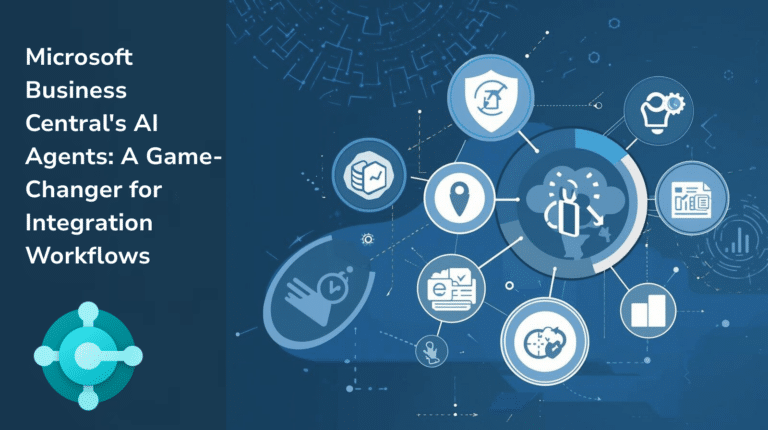As businesses adapt to evolving technology landscapes, many are rethinking how their systems are built. One of the biggest shifts we’ve seen is the move towards Microservices; a way of designing software that breaks down large, complex systems into smaller, independent parts. But what exactly does that mean, and why are so many companies adopting it?
In this post, we’ll unpack the concept of microservices, explore how they’re commonly used, and walk through a real-world scenario of a company implementing them as part of their digital transformation journey. We’ll also draw a useful comparison with the concept of Minimum Viable Products (MVPs) something we covered in a recent blog.
What Are Microservices?
Microservices are a modern approach to software architecture where a larger application is divided into smaller, independent services. Each service is responsible for a specific business function and can be developed, deployed, and scaled independently of the others.
Unlike traditional monolithic applications, where everything is bundled into a single unit, microservices communicate via APIs and are often built using different programming languages, frameworks, or databases – depending on the needs of each service.
Key Characteristics:
- Independently deployable – updates to one service don’t require redeploying the whole system.
- Resilient – if one service fails, the rest can continue functioning.
- Scalable – you can scale individual services based on demand.
- Flexible tech stack – teams can use the best tools for each job.
Common Use Cases for Microservices
Microservices are especially useful for businesses that need to:
- Scale specific parts of an application independently (e.g., a checkout system during Black Friday).
- Innovate faster with agile development.
- Reduce downtime and risk when rolling out new features.
- Support different customer journeys and platforms (web, mobile, API access, etc.).
They’re heavily used in:
- E-commerce platforms
- Banking and fintech applications
- SaaS platforms and ERPs
- IoT and smart devices
A Fictional Example: TechGoods’ Digital Transformation
Let’s say TechGoods, a growing B2B electronics distributor, was struggling with an outdated, monolithic ERP system. Whenever they wanted to make a change – like adding a customer loyalty programme or automating their order tracking – it required major updates and downtime.
As part of their digital transformation, TechGoods worked with Target Integration to modernise their architecture. We proposed a microservices-based solution, breaking their system down into services such as:
- Order Management Service
- Inventory Control Service
- Customer Loyalty Service
- Shipping & Tracking Service
Each service could now be updated independently, which meant faster feature rollouts and fewer disruptions. When TechGoods wanted to launch an integration with a third-party courier API, only the shipping service needed to be updated – not the entire system.
This gave their development team more agility and helped the business respond faster to customer and market demands.
Microservices vs. MVPs – Are They Related?
In our recent blog post on MVPs (Minimum Viable Products), we talked about how companies can launch new products quickly by building just enough functionality to test the market and gather feedback.
While microservices and MVPs are not the same, they do share a common philosophy: start small, iterate quickly, and reduce risk.
| Feature | Microservices | MVP (Minimum Viable Product) |
| Purpose | Architectural approach for software systems | Product development strategy |
| Focus | Scalability, modularity, agility | Speed to market, validation, iteration |
| Audience | Developers, DevOps, IT architects | Product managers, founders, marketers |
| Outcome | A flexible, maintainable system | A market-tested product idea |
In fact, many MVPs are built using microservices behind the scenes, especially if scalability or feature expansion is anticipated down the line.
Final Thoughts
Whether you’re launching a new platform or transforming an existing one, microservices offer a powerful way to future-proof your business systems. They provide the flexibility and speed companies need to stay competitive, especially in fast-moving industries.
At Target Integration, we help businesses unlock the benefits of microservices and digital transformation – combining technical expertise with practical strategy.
👉 Need help planning your digital transformation? Get in touch to see how we can support your journey. Contact us today to learn more.




